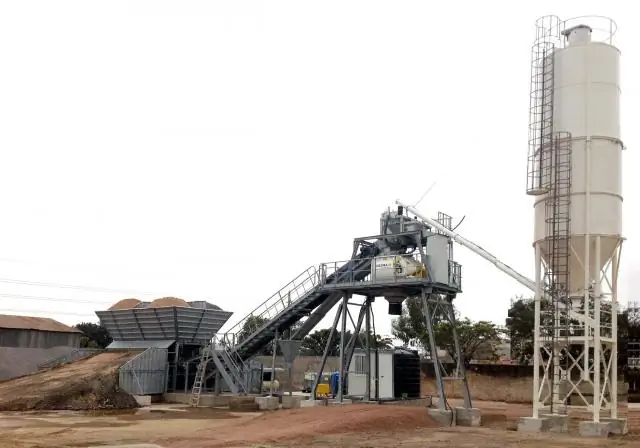- Author Rachel Wainwright [email protected].
- Public 2023-12-15 07:39.
- Last modified 2025-11-02 20:14.
Ballistocardiography
Ballistocardiography is a method for studying the hemodynamic activity of the heart, based on the graphic registration of changes in the position of the human body caused by contractions of the heart and the movement of blood in large vessels. Types of ballistocardiography: vector; high-frequency (seismic, in which mechanical vibrations of a relatively high frequency are recorded - 10 Hz or more); dynamic (syn. dynamoballistocardiography, form of indirect B, in which the connection of the subject's body with the platform is many times greater than the connection between the platform and the ground); local (in which there is a registration of the movement of any part of the body - head, chest, etc.); indirect (based on registration of the movement of the "body-platform" system); low-frequency (seismic, recording mechanical vibrations less than 10 Hz);general (allowing to register the movements of the whole body); straight line (in which the movement of only the subject's body or any part of it is recorded); seismic (indirect, syn. seismocardiography, in which the connection of the body with the platform slightly exceeds the connection of the latter with the ground).
Found a mistake in the text? Select it and press Ctrl + Enter.






